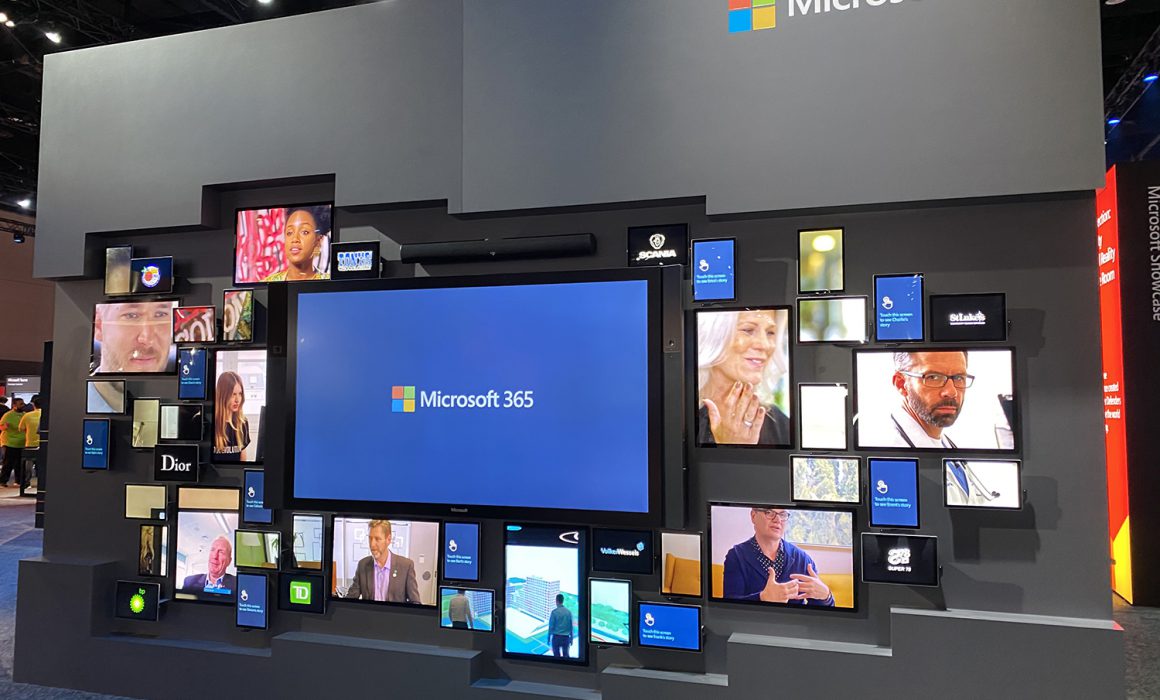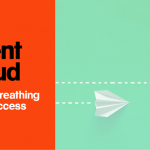Robert Smith, Microsoft Alliance Manager at Sol-Tec
Earlier this week, I gave a brief overview of the Azure announcements coming out of Microsoft Ignite 2019 – now it’s the turn of Microsoft 365!
A few years ago, Microsoft launched Microsoft 365, mainly as a convenient and cost-effective way to license their Windows, Office 365 and Enterprise Mobility Suite products in one handy bundle. Now, Microsoft have gone a step further and formally announced that Microsoft 365, or M365 as they like to call it, should be thought of as a single product, bringing together a modern operating system, all of your productivity tools and the management and security wrappers that go around them. This subtle but important change has led to some really interesting announcements in terms of new features and functionality, better interoperability and also the first new Office 365 productivity tool since Microsoft Teams was launched a couple of years ago. Let’s dive into the detail.
A few years ago, Microsoft announced the intention to launch a Knowledge Management solution, codenamed and based on their internal tool, Infopedia. While this didn’t come to fruition in that form, Project Cortex is the result of their efforts and is something really exciting!
Project Cortex is the name for a new knowledge management service that brings together and organises all business content that is accessible to SharePoint and presents it back as an interactive knowledge repository. What this means in practice is that, it can surface not just structured but un-structured data, diving into documents, conversations and even images to put useful information front and centre across all your productivity tools.
Project Cortex helps by using AI to:
- Organise knowledge across your teams and systems.
- Empower people with knowledge and expertise “just-in-time”, in the apps you use every day.
- Intelligently manage and protect your content with built-in security and workflow.
Advanced cognitive services capture content, extract information, and automatically tag content.
- Image and text recognition identify objects in scanned or uploaded images based on an understanding of over 10,000 attributes and extracts text from images and PDFs.
- Forms processing enables you to pinpoint important information in forms and extract that information as metadata.
Microsoft talk a lot about M365 being “supercharged by AI”, and nowhere is this more evident than Cortex. By leveraging the power of the Office Graph and AI, Cortex can produce topic pages and knowledge centres, all created and updated automatically. Organisations can use super users and subject matter experts to further enhance this content by teaching the system how to better interrogate content in a way that’s applicable to your company.
Project Cortex has the potential to be a real game changer in organisations who want easy access to the huge drafts of knowledge that exist in fragmented pockets across all their users and systems…which is everyone, right?
Teams, Teams Teams…in case you had missed it, Microsoft Teams is where Microsoft is placing all its bets for productivity and collaboration. Seen initially as a competitor for Slack and other collaboration hub tools, Teams has quickly become THE place to work and collaborate, with people both within and outside your organisation.
Ignite saw a fair few new innovations and announcements, making Teams even more fully featured and easier to use, helping your employees become more productive.
Private Channels was probably the single most requested feature, and now comes to Teams as of this week. They allow you to create channels within existing teams where content, apps and information is only available to selected individuals, rather than to the Team as a whole. I know I have worked with a number of organisations where “Team Sprawl” has become a problem as more and more Teams are created to keep certain content private from the masses (which sort of defeats the object of working out in the open!). Private Channels helps to change that by allowing carefully curated channels within your existing Teams, as well as ensuring that new Teams are created only when they add value to you and your employee.
Alongside this, Microsoft also announced Pinned Channels. These allow you to pin important channels to the top of your Teams list, ensuring that you have easy access to the content that matters to you. This feature is coming later this year, so keep an eye on your Teams updates to make use of it.
Microsoft also announced new integration between Outlook and Teams, making it easier to collaborate no matter where the conversation is taking place. The new functionality allows users to move an email conversation from Outlook, including attachments, directly into a Teams chat or channel conversation. This also works the other way around, with users being able to share a Teams conversation into an email.
It will also be possible to share individual sections of documents across multiple sources and enable those you share with to edit the document in real time.
Microsoft have also completely re-engineered Yammer using their new fluent design language, but the differences are far more than just skin deep. The new Yammer App allows Yammer communities, events and conversations to be accessible from within Teams and Channels.
Tasks in Teams is another new feature that brings together your to-do-lists from Microsoft To Do, Outlook, Planner and Teams Channels all in one place. Users can set customised smart views to show tasks assigned to them, their priority level and start or due date. They can then consume this content in whatever way works best for them – charts, list schedules and more, can all be configured to help your users get more done.
The overriding theme for everything Teams related is integration. All of the above are just further pieces in the puzzle that sees Teams becoming the single place to work from a productivity perspective, bringing together collaboration hubs, voice and video calling, access to content, organisation wide discussion capabilities and so much more. I wonder, how long before Outlook is brought under the Teams banner?
Managed Meeting Rooms is a new service where Microsoft offer to manage your meeting rooms for you. Designed to help eliminate that 10 minutes off faff at the start of every meeting, Microsoft will directly monitor and secure your meeting rooms to ensure that everything is up to date and working correctly before your meeting ever starts. The demo given showed people unplugging cables in rooms, which then triggered an alert and communication to the meeting organiser to describe the issue and how to fix it. They also provide insight into the correct setup for any meeting space, including which equipment and screens you should use based on the size and type of the room. For organisations that don’t currently have a meeting room concierge service or a strategy on how to manage and make best use of their spaces, this could be super interesting.
There is still much more to come from Ignite 2019 and still more information to share – we will keep updating you with as much as we can, but if you would like any help or advice just contact our M365 Experts at info@sol-tec.com or give us a call on 01189 514 200.





